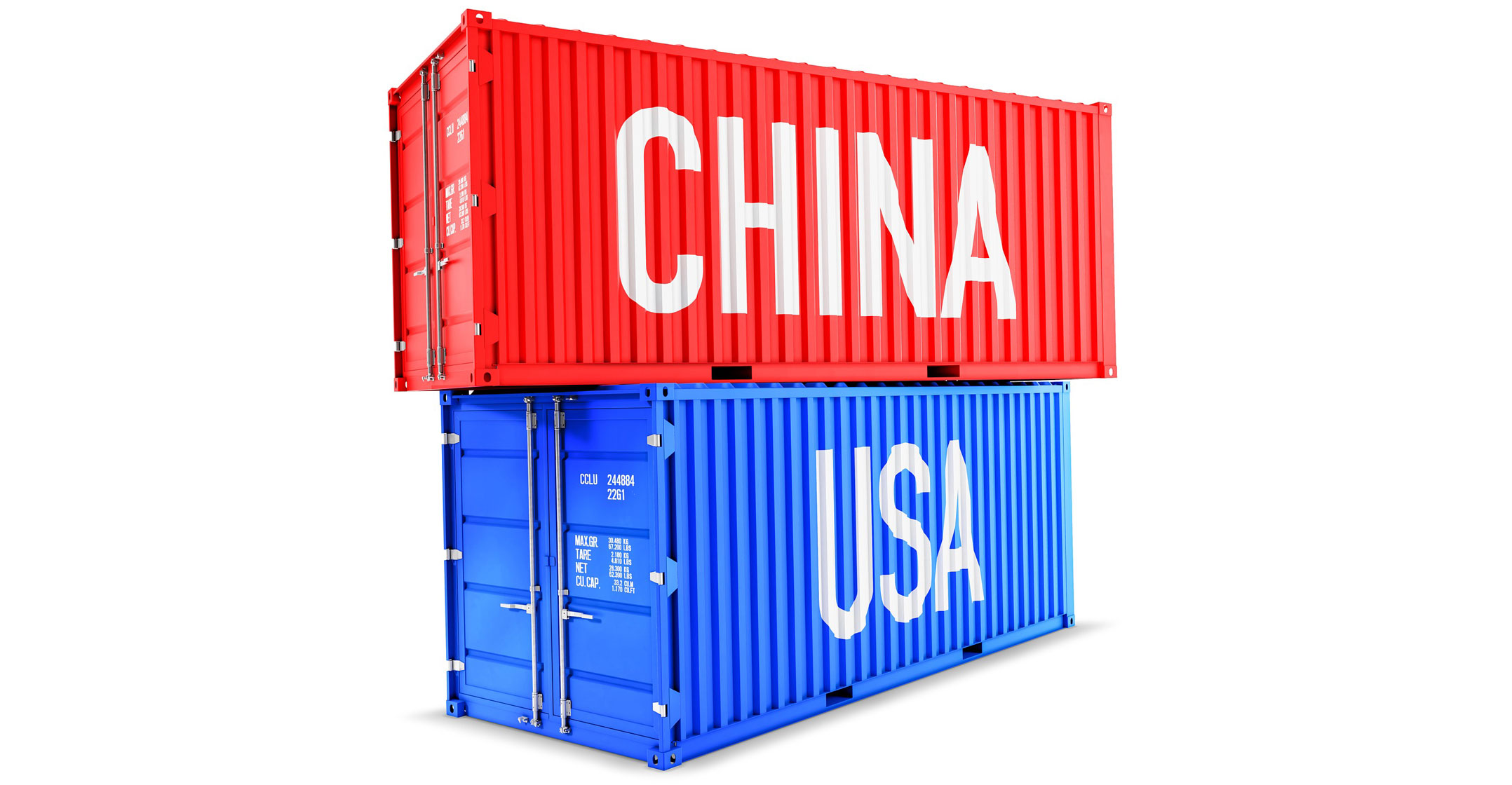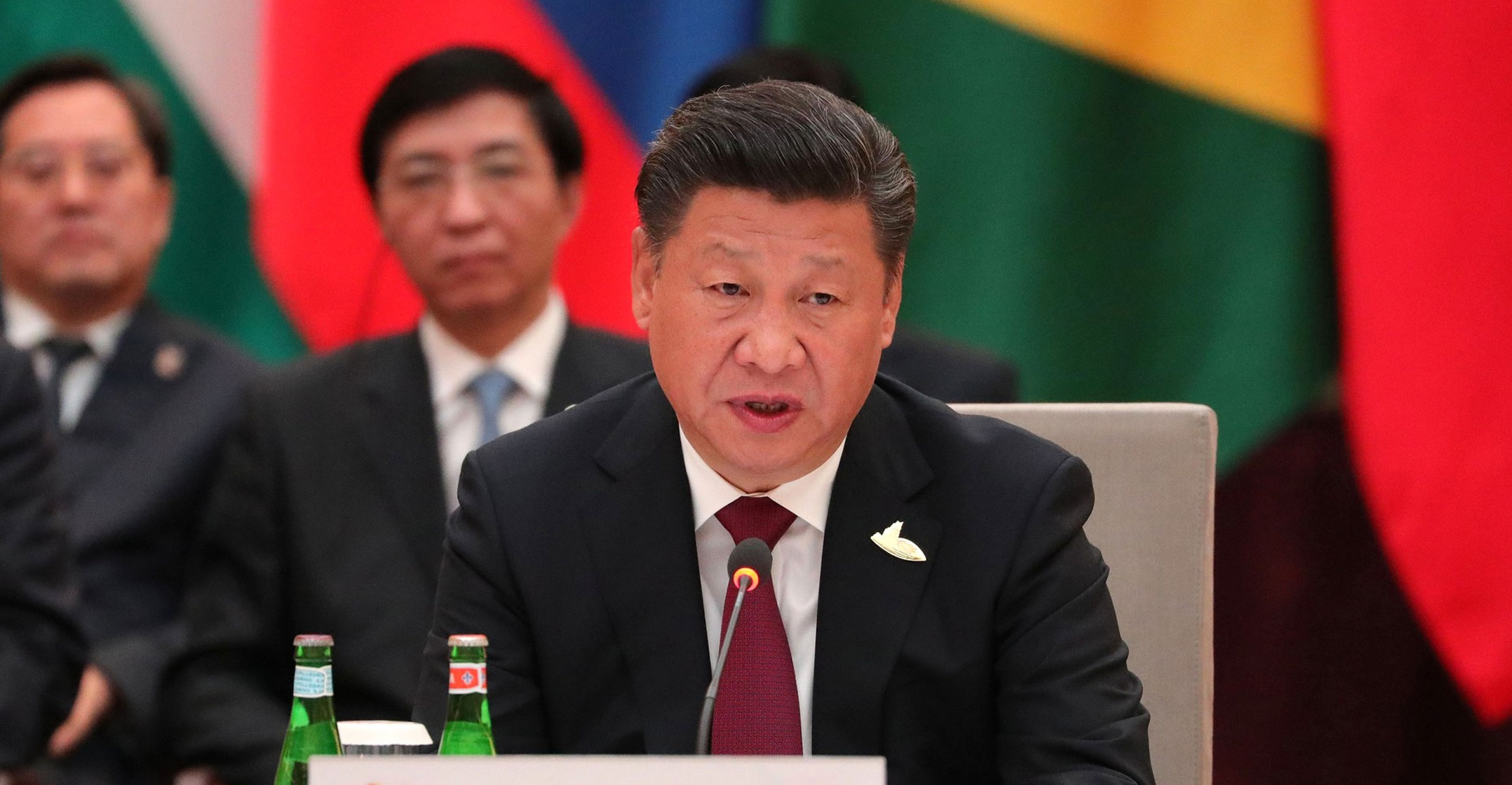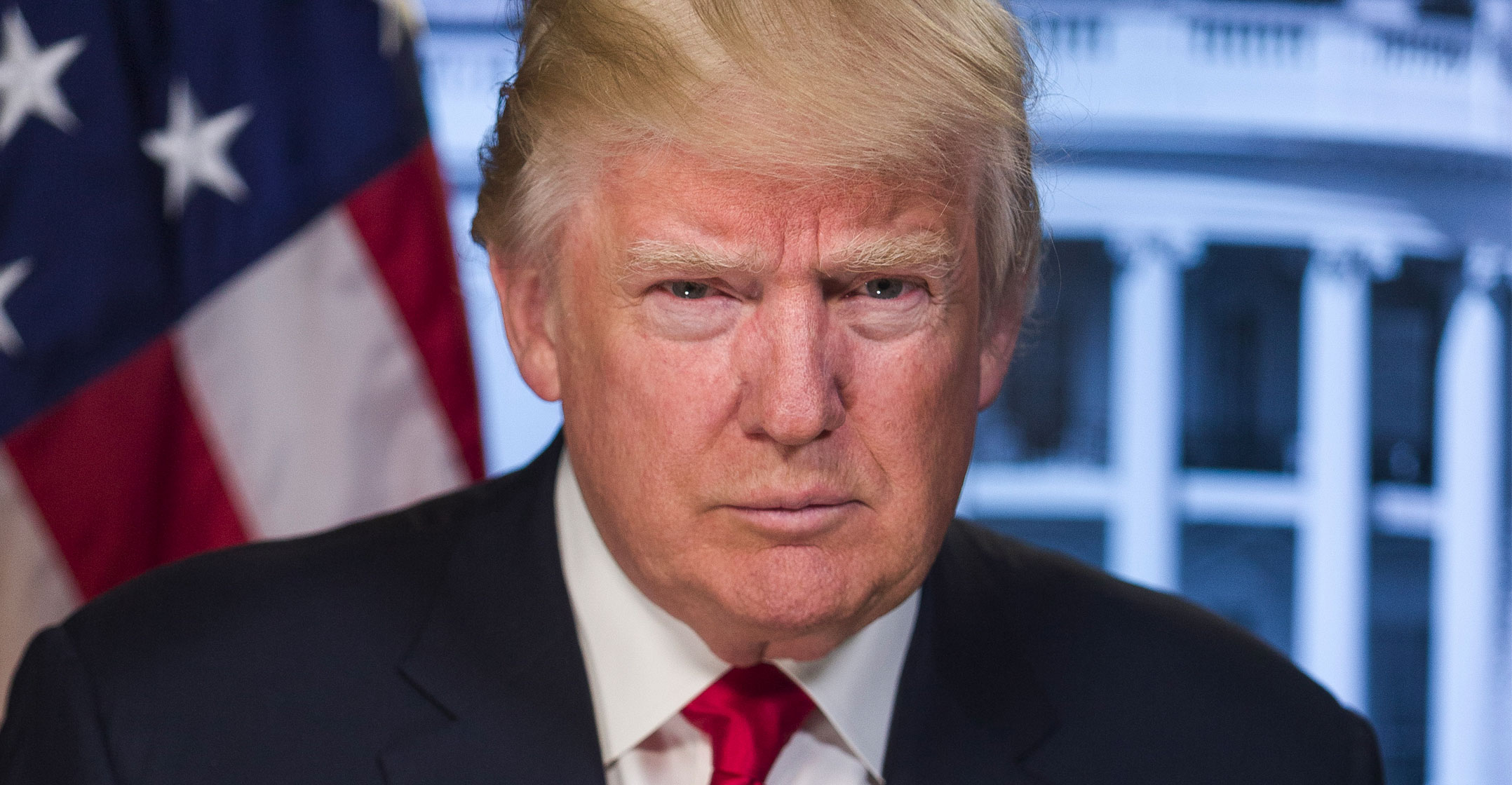 The US and China agreed on the outlines of a partial trade accord on Friday that President Donald Trump said he and his counterpart Xi Jinping could sign as soon as next month.
The US and China agreed on the outlines of a partial trade accord on Friday that President Donald Trump said he and his counterpart Xi Jinping could sign as soon as next month.
As part of the deal, China would significantly step up purchases of US agricultural commodities, agree to certain intellectual-property measures and concessions related to financial services and currency, Trump said on Friday at the White House. In exchange, the US will delay a tariff increase due next week as the deal is finalised, though new levies scheduled for December haven’t yet been called off.
The agreement marks the largest breakthrough in the 18-month trade war that has hurt the economies of both nations. Importantly, Trump said the deal was the first phase of a broader agreement. The president indicated he could sign a deal with Xi at an upcoming November summit in Chile.
While the limited agreement may resolve some short-term issues, several of the thorniest disputes remain outstanding. US goals in the trade war centre on accusations of intellectual-property theft, forced technology transfer and complaints about Chinese industrial subsidies.
Xi told Trump in a letter — which the White House distributed on Friday — that it’s important the countries work together to address each others’ concerns. “I hope the two sides will act in the principle and direction you and I have agreed to, and work to advance China-US relations based on coordination, cooperation and stability,” the letter said.
Chinese state news agency Xinhua said negotiators made efforts toward a final agreement, but stopped short of calling Friday’s outcome a deal. The editor-in-chief of China’s most prominent state-run newspaper Global Times, Hu Xijin, noted on Twitter that official reports from China didn’t mention Trump’s goal of signing the deal next month, which indicates Beijing wants to keep expectations low.
Export blacklist
The Trump administration also said issues related to Huawei Technologies aren’t part of Friday’s deal and will be a separate process. The Chinese telecommunications equipment maker, which was placed on an export blacklist in May, will be discussed in a second phase of the negotiations, the president told reporters later Friday.
Equities advanced globally on Friday amid growing conviction that the world’s two biggest economies would negotiate a trade truce, though US stocks pared gains after Trump’s announcement near the close of trading. Trump tweeted earlier on Friday that if the countries did reach an agreement, he would be able to sign it without a lengthy congressional approval process.
Trump’s announcement drew a wary welcome from even Republicans on Capitol Hill.

“After so much has been sacrificed, Americans will settle for nothing less than a full, enforceable and fair deal with China,” Senate finance committee chairman Chuck Grassley said in a statement after the announcement. “Farmers in Iowa know far too well that the trade war has caused real financial pain in the heartland. But we need to know more about this deal and follow-through from China will be key.”
On Thursday and earlier on Friday, Liu and US trade representative Robert Lighthizer held the first senior-level discussions between Washington and Beijing since a previous agreement fell apart in May and tariffs were raised in the months after.
“Past experience is that US-China trade agreements aren’t worth the paper they are written on, and this one hasn’t even been written down. For now, though, indications on trade are a little more positive. If that persists, it could help put a floor under sliding global growth.”
The US was threatening to increase tariffs on Tuesday on about US$250-billion of Chinese imports to 30% from 25%. More duties on $160-billion of Chinese products were targeted for 15 December.
The threat of those import taxes on US consumers, falling around the holiday season, raised the prospect that the US economy would slide toward a recession heading into Trump’s 2020 re-election bid. The American manufacturing industry, which Trump vowed in 2016 to revitalise, is already contracting in part because of the trade war.
The Trump administration said that as part of the deal, China would scale its purchases of US farm goods over two years to an annual total of $40-billion to $50-billion. Trump encouraged US farmers to buy more land and Deere & Co tractors in response.
Scepticism
China in recent weeks had already discussed buying more US products such as soybeans, pork and wheat. Some traders remained sceptical that buying soybeans from the US represented a significant breakthrough in the overall trade talks.
Earlier on Friday, Trump indicated in a Twitter post that if the countries did reach an agreement, he would be able to sign it quickly.

Senator Ronald Wyden, the ranking Democrat on the finance committee that has jurisdiction over trade policy, pushed back on Trump’s tweet in a statement on Friday: “Donald Trump should know that any meaningful trade deal is only legitimate because of the authority granted to him by congress, and that authority can be taken away,” he said.
Under the US constitution, congress holds power over international trade. For decades, it has legally delegated trade negotiating authority to the executive branch. Lawmakers in recent months have grown increasingly wary of what they see as Trump’s abuse of that authority and discussed ways to claw it back, citing the president’s many unilateral tariff measures and a lack of transparency in negotiations. — Reported by Jenny Leonard, Saleha Mohsin, Josh Wingrove and Shawn Donnan, with assistance from Jennifer Jacobs, Ye Xie, Isis Almeida, Scott Lanman, Sophie Caronello and Sarah McGregor, (c) 2019 Bloomberg LP




